1011 Results in the "Literary Fiction" category
Biography & Memoir (513)
Books Like (9)
Business & Finance (3)
Children’s Fiction (235)
Dystopian (30)
Education & Learning (26)
Fantasy (1832)
fashion (1)
Fiction (4934)
Health & Wellness (21)
Historical Fiction (662)
Horror (162)
Non-Fiction (1421)
Novel (240)
Others (106)
Philosophy (147)
Poetry (208)
Politics & History (126)
Posts (121)
Psychology (50)
Religion & Spirituality (1)
Romance Novel (771)
Science & Technology (65)
Science Fiction (409)
Self-Help & Personal Development (112)
The Ultimate Book Lists (1)
Thriller / Mystery (912)
Travel & Adventure (2)
True Crime (57)
view (96)
Young Adult (751)
-
Story
Never Let Me Go
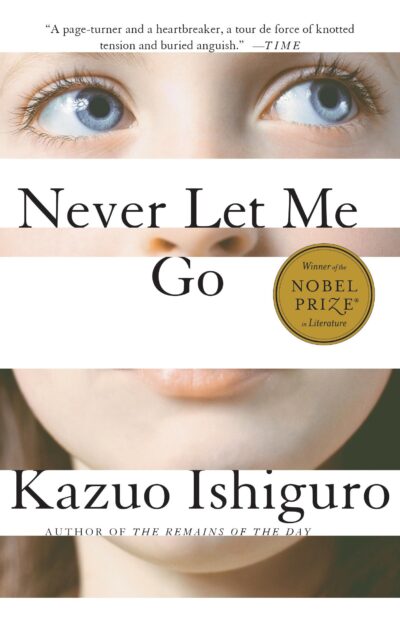 In Never Let Me Go, Kazuo Ishiguro weaves a haunting and introspective tale set in an alternate-reality 1990s England, where Kathy H., a carer, reflects on her childhood at Hailsham, an idyllic yet unsettling boarding school. As Kathy reunites with her former classmates Ruth and Tommy, she confronts the dark truth about their existence: they are clones, created solely to provide organ donations for “normal”…
In Never Let Me Go, Kazuo Ishiguro weaves a haunting and introspective tale set in an alternate-reality 1990s England, where Kathy H., a carer, reflects on her childhood at Hailsham, an idyllic yet unsettling boarding school. As Kathy reunites with her former classmates Ruth and Tommy, she confronts the dark truth about their existence: they are clones, created solely to provide organ donations for “normal”…-
2.1 K • Jul 23, '25
-
2.4 K • Jul 23, '25
-
2.5 K • Jul 23, '25
-
-
Story
Wish You Were Here:
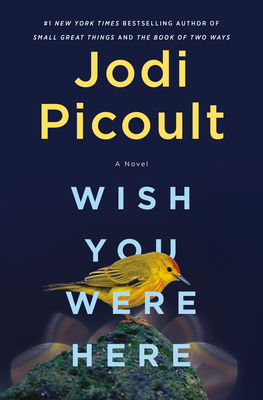 In Wish You Were Here, bestselling author Jodi Picoult delivers a gripping and emotionally resonant novel set against the backdrop of a global pandemic. The story follows Diana O’Toole, a young art specialist on the brink of her dream career and a planned romantic getaway with her surgeon boyfriend. But when the pandemic upends their plans, Diana finds herself stranded alone on the Galápagos Islands—a…
In Wish You Were Here, bestselling author Jodi Picoult delivers a gripping and emotionally resonant novel set against the backdrop of a global pandemic. The story follows Diana O’Toole, a young art specialist on the brink of her dream career and a planned romantic getaway with her surgeon boyfriend. But when the pandemic upends their plans, Diana finds herself stranded alone on the Galápagos Islands—a…-
1.8 K • Jul 17, '25
-
2.1 K • Jul 17, '25
-
2.2 K • Jul 17, '25
-
-
Story
Leaving Time
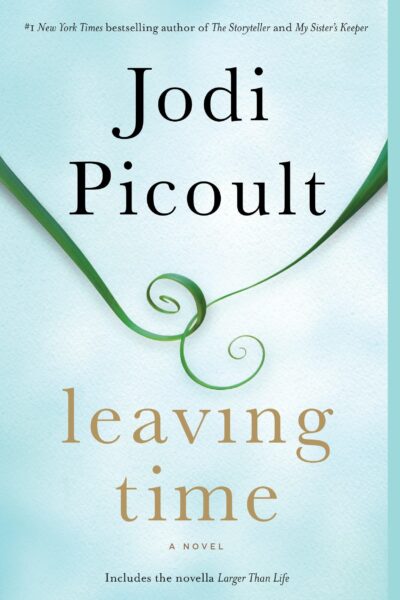 Leaving Time (2014) by Jodi Picoult is a mystery-driven drama blending grief, memory, and the supernatural. The story follows 13-year-old Jenna Metcalf, who has spent a decade searching for her missing mother, Alice, a scientist studying elephant grief. After her mother’s mysterious disappearance from an elephant sanctuary—following a tragic accident involving an elephant and Jenna’s father—Jenna hires a disgraced psychic and a retired detective to…
Leaving Time (2014) by Jodi Picoult is a mystery-driven drama blending grief, memory, and the supernatural. The story follows 13-year-old Jenna Metcalf, who has spent a decade searching for her missing mother, Alice, a scientist studying elephant grief. After her mother’s mysterious disappearance from an elephant sanctuary—following a tragic accident involving an elephant and Jenna’s father—Jenna hires a disgraced psychic and a retired detective to…-
2.4 K • Jul 4, '25
-
1.8 K • Jul 4, '25
-
1.8 K • Jul 4, '25
-
-
Story
Mad Honey
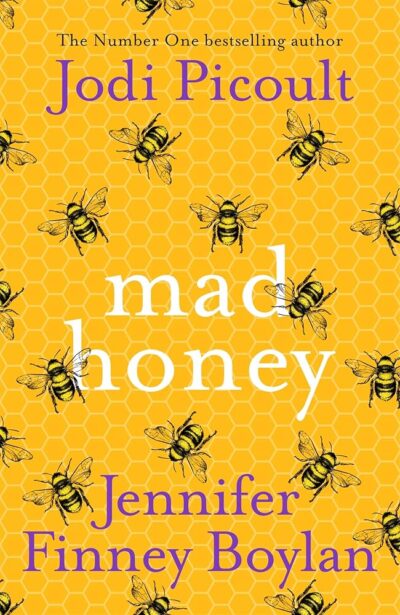 Mad Honey (2022) by Jodi Picoult and Jennifer Finney Boylan is a multi-layered novel blending mystery, courtroom drama, and LGBTQ+ themes. The story follows Olivia McAfee, a beekeeper and single mother, whose son Asher stands accused of murdering his girlfriend, Lily Campanello. As the trial unfolds, secrets about Lily’s transgender identity and Asher’s volatile behavior emerge, forcing Olivia to confront her past—including her own escape…
Mad Honey (2022) by Jodi Picoult and Jennifer Finney Boylan is a multi-layered novel blending mystery, courtroom drama, and LGBTQ+ themes. The story follows Olivia McAfee, a beekeeper and single mother, whose son Asher stands accused of murdering his girlfriend, Lily Campanello. As the trial unfolds, secrets about Lily’s transgender identity and Asher’s volatile behavior emerge, forcing Olivia to confront her past—including her own escape…-
2.1 K • Jul 4, '25
-
2.4 K • Jul 4, '25
-
1.9 K • Jul 4, '25
-
-
Story
Small Great Things
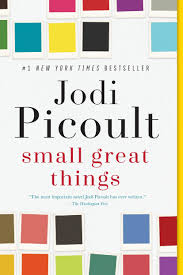 Small Great Things by Jodi Picoult (2016) is a gripping novel that explores racism, privilege, and justice in modern America. The story follows Ruth Jefferson, an experienced Black labor and delivery nurse, who is forbidden from caring for a newborn after the white supremacist parents request “no African American staff.” When the baby goes into cardiac arrest and Ruth hesitates to intervene, she is charged…
Small Great Things by Jodi Picoult (2016) is a gripping novel that explores racism, privilege, and justice in modern America. The story follows Ruth Jefferson, an experienced Black labor and delivery nurse, who is forbidden from caring for a newborn after the white supremacist parents request “no African American staff.” When the baby goes into cardiac arrest and Ruth hesitates to intervene, she is charged…-
2.2 K • Jul 4, '25
-
2.1 K • Jul 4, '25
-
2.0 K • Jul 4, '25
-
-
Story
My Sister’s Keeper
 Anna Fitzgerald is an 11-year-old girl who was genetically engineered to be a perfect medical match for her older sister, Kate, who suffers from leukemia. After years of donating blood, bone marrow, and organs to keep Kate alive, Anna hires a lawyer to sue her parents for medical emancipation—the right to control her own body. The lawsuit forces the family to confront painful truths…
Anna Fitzgerald is an 11-year-old girl who was genetically engineered to be a perfect medical match for her older sister, Kate, who suffers from leukemia. After years of donating blood, bone marrow, and organs to keep Kate alive, Anna hires a lawyer to sue her parents for medical emancipation—the right to control her own body. The lawsuit forces the family to confront painful truths…-
2.5 K • Jul 4, '25
-
2.2 K • Jul 4, '25
-
2.1 K • Jul 4, '25
-
-
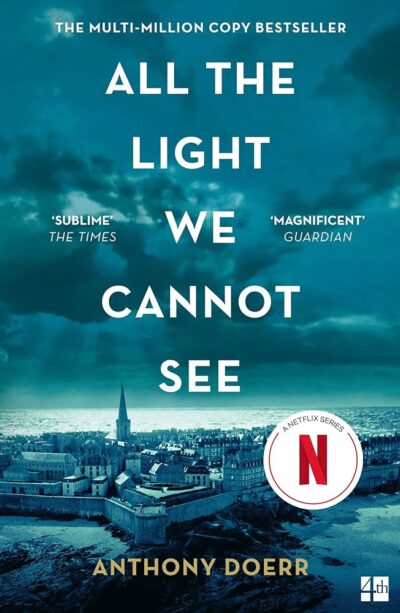 All the Light We Cannot See is a beautifully written historical novel that tells the parallel stories of Marie-Laure, a blind French girl, and Werner, a German orphan and gifted radio technician, whose paths converge during World War II in the occupied French town of Saint-Malo. Marie-Laure flees Paris with her father as the Nazis invade, carrying a mysterious and potentially cursed diamond from…
All the Light We Cannot See is a beautifully written historical novel that tells the parallel stories of Marie-Laure, a blind French girl, and Werner, a German orphan and gifted radio technician, whose paths converge during World War II in the occupied French town of Saint-Malo. Marie-Laure flees Paris with her father as the Nazis invade, carrying a mysterious and potentially cursed diamond from…-
2.1 K • Jun 25, '25
-
2.2 K • Jun 25, '25
-
2.2 K • Jun 25, '25
-
-
Story
Animal Farm
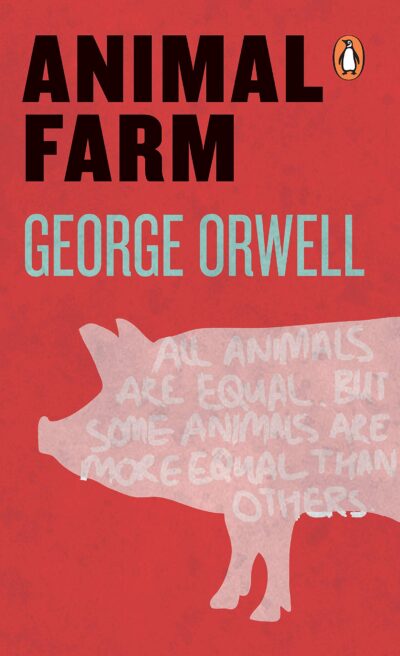 Animal Farm (1945) is a satirical allegorical novella by George Orwell that critiques totalitarianism, particularly Stalinism, through the lens of a farm where animals overthrow their human oppressors. The story begins with the animals of Manor Farm rebelling against their exploitative owner, Mr. Jones, inspired by the ideals of Old Major (a pig representing Karl Marx/Lenin). They establish a new society based on equality, summarized…
Animal Farm (1945) is a satirical allegorical novella by George Orwell that critiques totalitarianism, particularly Stalinism, through the lens of a farm where animals overthrow their human oppressors. The story begins with the animals of Manor Farm rebelling against their exploitative owner, Mr. Jones, inspired by the ideals of Old Major (a pig representing Karl Marx/Lenin). They establish a new society based on equality, summarized…-
2.2 K • May 26, '25
-
2.5 K • May 26, '25
-
2.1 K • May 26, '25
-
-
Story
Long Island
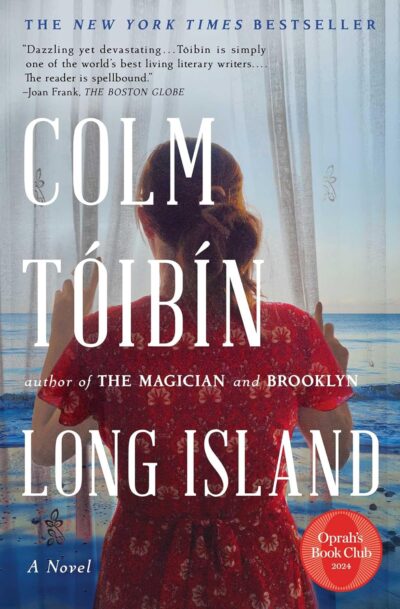 Long Island is a 2024 novel by Colm Tóibín, which serves as a continuation of his critically acclaimed novel Brooklyn. The story follows the life of Eilis Lacey, now in her 40s, living on Long Island with her husband Tony Fiorello and their two teenage children. Despite her years in America, Eilis has remained deeply connected to her Irish roots and has never returned…
Long Island is a 2024 novel by Colm Tóibín, which serves as a continuation of his critically acclaimed novel Brooklyn. The story follows the life of Eilis Lacey, now in her 40s, living on Long Island with her husband Tony Fiorello and their two teenage children. Despite her years in America, Eilis has remained deeply connected to her Irish roots and has never returned…-
2.3 K • Apr 23, '25
-
2.2 K • Apr 23, '25
-
2.2 K • Apr 23, '25
-
-
Story
The Wedding People
 The Wedding People is a heartfelt and witty novel about unexpected connection, grief, and second chances. The story follows Phoebe, a woman reeling from personal tragedy, who impulsively checks into a Connecticut seaside hotel where a wedding is taking place. She soon finds herself entangled with a group of wedding guests and strangers, leading to a weekend filled with emotional revelations, surprising friendships, and…
The Wedding People is a heartfelt and witty novel about unexpected connection, grief, and second chances. The story follows Phoebe, a woman reeling from personal tragedy, who impulsively checks into a Connecticut seaside hotel where a wedding is taking place. She soon finds herself entangled with a group of wedding guests and strangers, leading to a weekend filled with emotional revelations, surprising friendships, and…-
1.9 K • Apr 22, '25
-
2.4 K • Apr 22, '25
-
2.4 K • Apr 22, '25
-
- 1 2 … 6 Next
